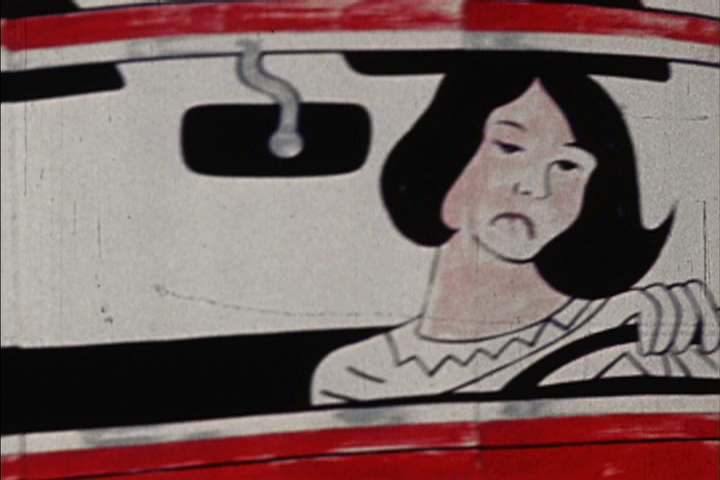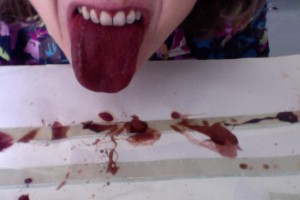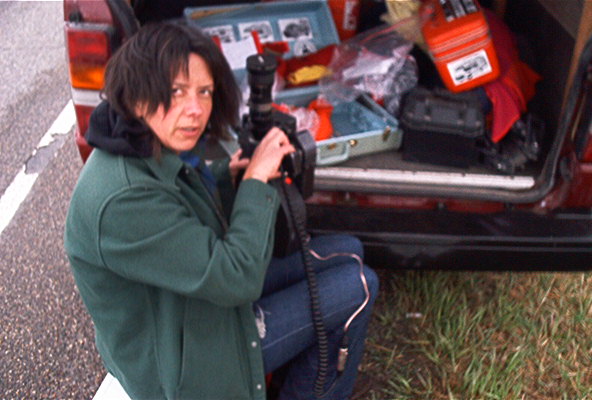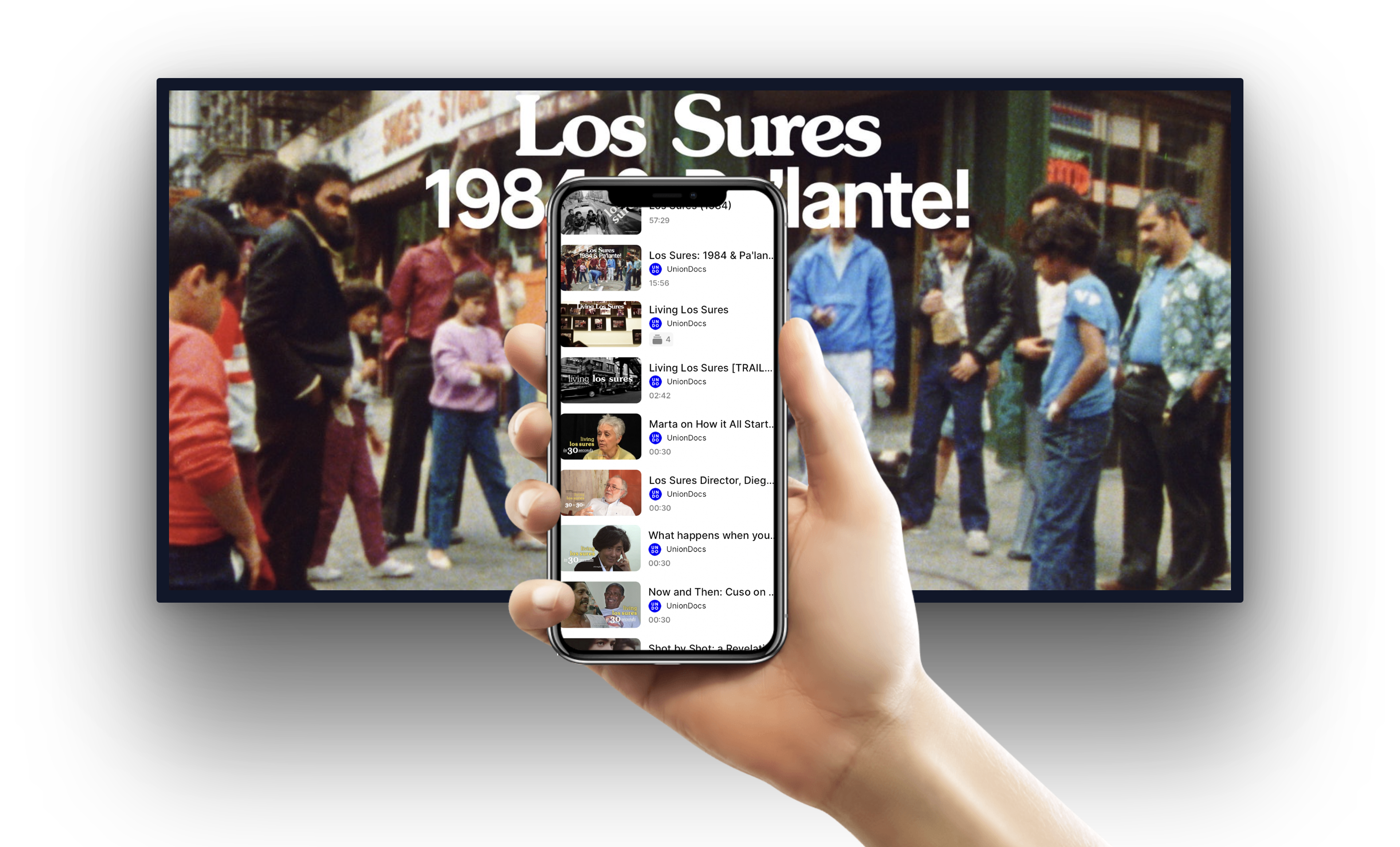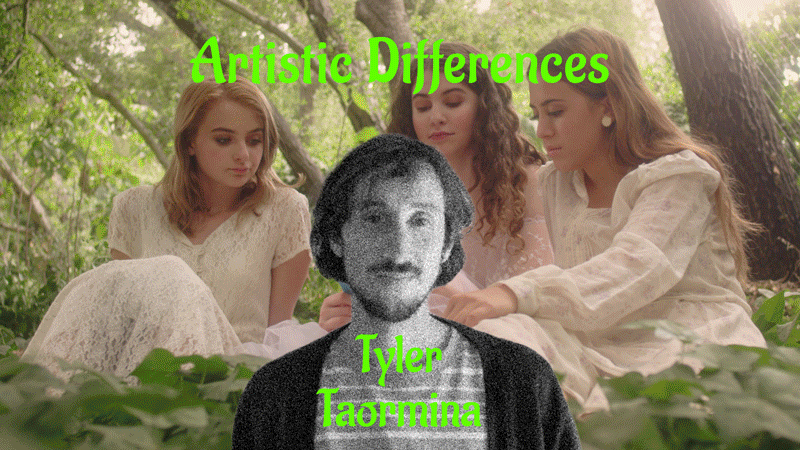Bodily fluids, like emotions, flow, seep, infiltrate. And if they belong to the female body they are systematically controlled, judged, stigmatized. Even today, the way that our fluids are understood is not a universal scientific concept, but emerged from our own history and cultural concepts. Re addressing one’s own body perceptions and reclaiming our secretions help us confront the notion of the body as a passive object that could be abused, transformed and subjugated.
How do misconceptions on the female body shape the cultural position of women? UnionDocs is excited to present Holy Fluids and Absent Wounds, a program by filmmaker & curator Ruth Somalo that presents the work of seven filmmakers that directly or indirectly deal with the female body, its secretions, its functions and its representation.
Program
Sobbing, spitting, scratching
Vicky Smith, 16mm, 4 min., 2017, UK
Tears, signifiers of emotional excess – the use of the term ‘sobbing’ rather than ‘crying’ in the title relates specifically to an uncontrollable emotional outpouring – are to be wiped away (‘dry your eyes’), whilst spittle carries with it more negative connotations of loss of bodily control, even madness (‘frothing at the mouth’).[19] The clear leader as a signifier of nothingness and as a low-status waste product connects with the excess of these bodily secretions and their colorless, formless nature, creating an intricate dialogue between material and bodily economies. – Kim Knowles
Absent Wound
Maryam Tafakory, Video, 10 min., 2017, Iran/ UK
One space, two separate worlds: a room in which several men perform Persian warrior training rituals; a room where a young girl carries out purification practices. Through poetic and compelling language, the Iranian artist Maryam Tafakory does an exercise in resistance toward the idea of a woman’s body as an object of repression.
Noisy Licking, Dribbling and Spitting
Vicky Smith, 16mm, 4 min., 2014
Made with the mouth alone, ‘Noisy Licking Dribbling + Spitting’ is a direct animation that takes the idea of licking as a primary and semi-automatic action. Using the stained tongue as a tool and stamping pad, the first impression is made 40 frames (1 foot) into the film and then reduced by one frame with each new stamp, accelerating until the marks overlap. Mechanistic control is then rejected in favour of spitting and dribbling as random action, painterly like splats and dense swirling tangles roll along the filmstrip and spill into the audio track, generating noisy rasps and skidding sounds.
Neither Spring Nor Estuary / Não Há Foz Não Há Nascente
Valentina Homem, Video, 18 min., 2017, Brasil, Virgin British Islands
The fear of death is the driving force behind the camera from beginning. The return to the past, and the reorganization of the memories-images stored in miniDV tapes, reveals an impossible gesture of transmutation. Is it possible to overcome the fear? To dress the image, like dressing the skin of the other that I have never been and never will be.
Rash
Vicky Smith, Video, 7 min., 1983, USA
‘Rash takes a furtive look at female sexual fetishism through a voyage in and around the body. A surface manifestation of a hidden anxiety: erupting skin opens and seals. A visual approximation of the psychic processes at work in fetishism – simultaneous disavowal and recognition. Information is offered and withdrawn discontinuously through a number of destructive processes – which extend to removing the photographic emulsion itself. These endless cycles of creation and cancellation demonstrate that representations can be destroyed but compulsions remain.’ – V.S.
A Monthly Ritual
Ruth Somalo, Video, 2:16 min, 2018, USA
In this ritual of cinematic performance a variety of brooms sweep archetypal and symbolic objects under various carpets. The kinetic images latch on an audio collage that includes words from Mitt Romney and Bodyform’s CEO Caroline Williams; a K&B Drug Store Feminine Hygiene Products Sale Commercial from 1994 and distorted feminine health educational videos. It was devised to exorcise taboos about the female body, menstruation, the economy of feminine health, political rhetoric and pain.
Patriarchal historical shame can lead you to feel as though your whole self is flawed, bad, or subject to exclusion, so I propose a simple ritual to relocate it somewhere else while engaging in a conversation with the History of Bodily Fluids in Feminist Art.
Toxic Shock
Vanessa Renwick, 16mm, 3 min., 1983, USA
A visceral personal response to surviving a near-fatal case of Toxic Shock Syndrome. Toxic Shock combines intimate taboos of needles, blood, and tampons with tried and true hands-on self-defense, set to a spare, penetrating and unknown score provided by a cassette tape gifted by a forgotten friend. A call to arms; what will you do in defense of your body? “Penetration up the wazoo, blood, fire, gas, needles, tampons, liquid power and cocktails of the burning sort. My experimental response to sweating out near death with Toxic Shock Syndrome.”
Infinite Galatea
Julia Maura, Mariangela Pluchino, Ambra Reijnen, Maria Chatzi, Fátima Flores Rojas,
Vídeo, 17 min, 2017, Spain (french with english subtitles)
A visual essay on the female body as a socially constructed discourse, Infinite Galatea showcases the model for man’s experiments in privilege and power through time. From Greek mythology to Victorian gynecology to current AI technology, this is how gender, sexuality and desire have been ideologically shaped to fit a male fantasy
65 min


